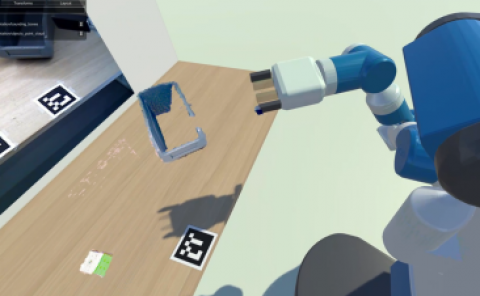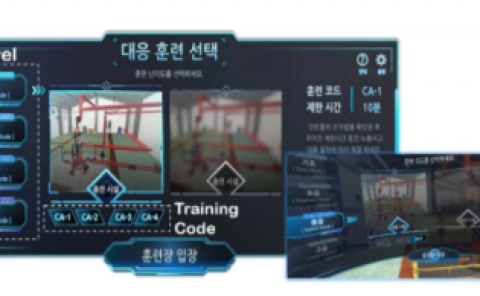Assessment of the Simulator Sickness Questionnaire for Omnidirectional Videos
PubDate: May 2021
Teams: Technical University of Ilmenau
Writers: Ashutosh Singla; Steve Göring; Dominik Keller; Rakesh Rao Ramachandra Rao; Stephan Fremerey; Alexander Raake
PDF: Assessment of the Simulator Sickness Questionnaire for Omnidirectional Videos

Abstract
Virtual Reality/360° videos provide an immersive experience to users. Besides this, 360° videos may lead to an undesirable effect when consumed with Head-Mounted Displays (HMDs), referred to as simulator sickness/cybersickness. The Simulator Sickness Questionnaire (SSQ) is the most widely used questionnaire for the assessment of simulator sickness. Since the SSQ with its 16 questions was not designed for 360° video related studies, our research hypothesis in this paper was that it may be simplified to enable more efficient testing for 360° video. Hence, we evaluate the SSQ to reduce the number of questions asked from subjects, based on six different previously conducted studies. We derive the reduced set of questions from the SSQ using Principal Component Analysis (PCA) for each test. Pearson Correlation is analysed to compare the relation of all obtained reduced questionnaires as well as two further variants of SSQ reported in the literature, namely Virtual Reality Sickness Questionnaire (VRSQ) and Cybersickness Questionnaire (CSQ). Our analysis suggests that a reduced questionnaire with 9 out of 16 questions yields the best agreement with the initial SSQ, with less than 44% of the initial questions. Exploratory Factor Analysis (EFA) shows that the nine symptom-related attributes determined as relevant by PCA also appear to be sufficient to represent the three dimensions resulting from EFA, namely, Uneasiness, Visual Discomfort and Loss of Balance. The simplified version of the SSQ has the potential to be more efficiently used than the initial SSQ for 360° video by focusing on the questions that are most relevant for individuals, shortening the required testing time.



